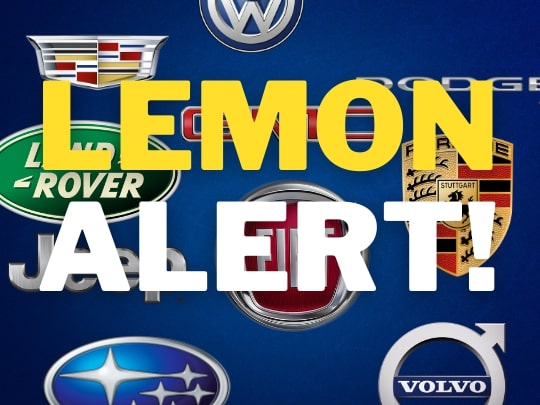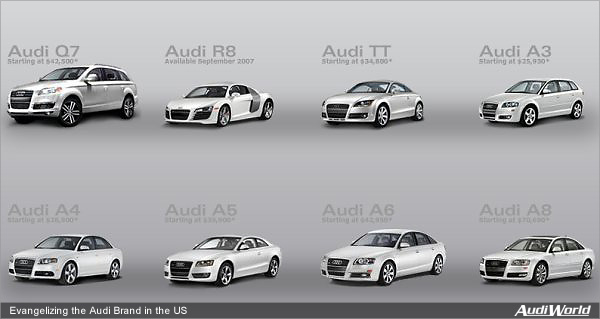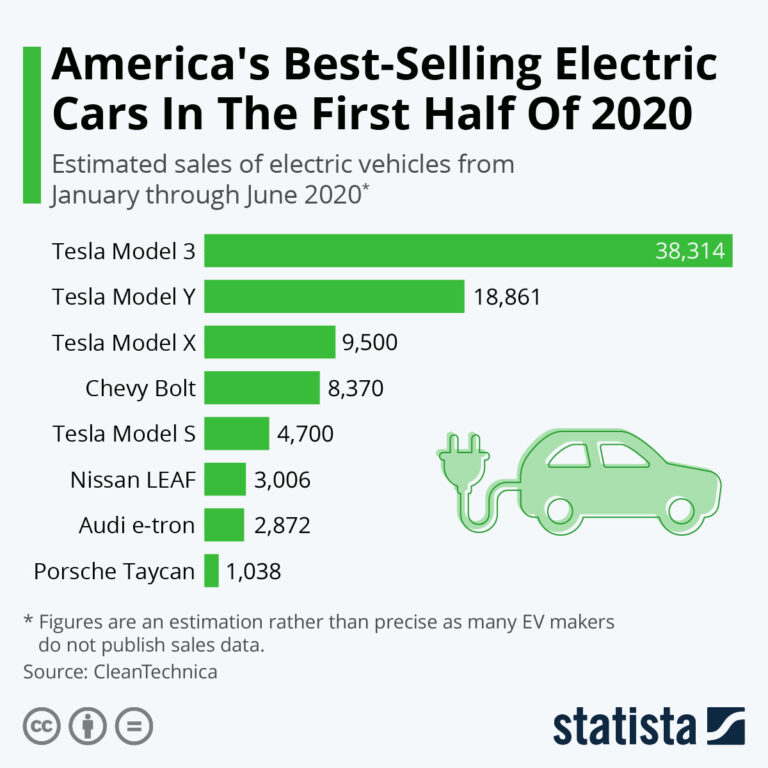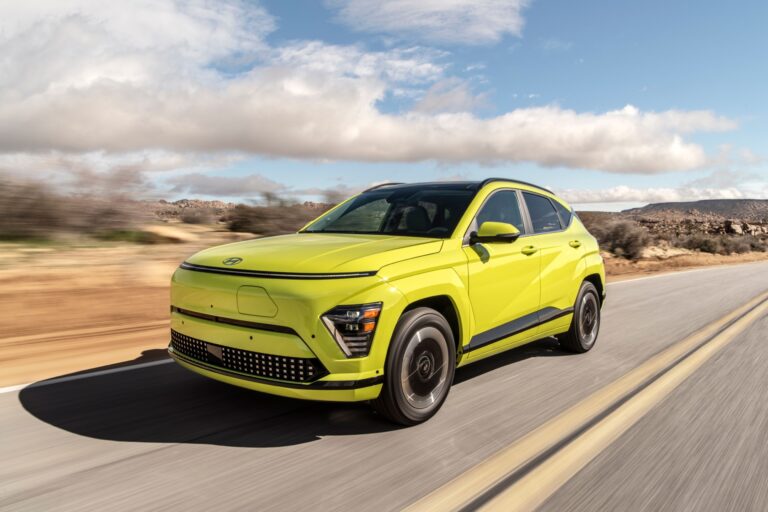Most Reliable Car Brands 2012: A Comprehensive Guide to Enduring Quality
Most Reliable Car Brands 2012: A Comprehensive Guide to Enduring Quality cars.truckstrend.com
The year 2012 was a pivotal moment in the automotive industry. Emerging from the global financial crisis, consumers were more discerning than ever, prioritizing value, efficiency, and, perhaps most crucially, reliability. A reliable vehicle meant fewer unexpected repair bills, less downtime, and greater peace of mind—factors that resonated deeply with buyers navigating a still-recovering economy. For many, a car wasn’t just a mode of transport; it was a significant investment and a critical tool for daily life. Understanding which brands consistently delivered on the promise of dependability in 2012 was, and remains, essential for both new car buyers then and used car enthusiasts today looking for a durable pre-owned vehicle. This comprehensive guide delves into the landscape of automotive reliability in 2012, highlighting the top performers and offering insights into what made them stand out.
Understanding Automotive Reliability in 2012
Most Reliable Car Brands 2012: A Comprehensive Guide to Enduring Quality
Reliability, in the context of automotive performance, refers to the likelihood of a vehicle performing its intended function over a specified period without requiring unscheduled repairs or experiencing significant mechanical failures. In 2012, this was typically measured through extensive surveys of actual vehicle owners, focusing on the number and severity of problems encountered within the first one to three years of ownership.
Key metrics employed by leading automotive research firms like J.D. Power and Consumer Reports included:
- Problems Per 100 Vehicles (PP100): A lower PP100 score indicated fewer reported problems, signifying higher reliability.
- Frequency of Repairs: How often owners needed to take their vehicles in for service.
- Severity of Issues: Distinguishing between minor annoyances (e.g., infotainment glitches) and major mechanical failures (e.g., engine or transmission problems).
- Cost of Ownership: While not a direct reliability metric, fewer repairs directly contributed to lower long-term ownership costs, a significant benefit of reliable vehicles.

Several factors converged to influence a brand’s reliability score. These included:
- Manufacturing Quality: Precision in assembly, robust materials, and rigorous quality control processes at the factory level.
- Component Durability: The longevity and resilience of individual parts, from engines and transmissions to electrical systems and interior components.
- Design Integrity: Engineering choices that prioritized simplicity, proven technology, and ease of maintenance, rather than overly complex or unproven systems.
- Supplier Quality: The reliability of components sourced from third-party suppliers played a crucial role.
- Owner Maintenance Habits: While not directly a brand’s fault, vehicle design that facilitated easier maintenance could indirectly contribute to better real-world reliability.
In 2012, the industry was also grappling with the integration of new technologies, particularly in infotainment and connectivity. While mechanically sound, some brands experienced reliability dips due to glitches in these nascent systems, highlighting that reliability was evolving beyond just nuts and bolts.
The Top Contenders: Most Reliable Brands of 2012
Based on the synthesis of various prominent reliability studies conducted and published around 2012 (covering 2012 model year vehicles or prior models’ long-term reliability), a clear hierarchy of dependable brands emerged. Japanese automakers, known for their conservative engineering, robust powertrains, and meticulous manufacturing processes, consistently dominated the top echelons.
- Lexus: As Toyota’s luxury division, Lexus routinely topped reliability charts. Their commitment to proven technology, exceptional build quality, and a focus on long-term durability translated into consistently low problem rates. Models like the ES, RX, and LS were stalwarts of dependability.
- Toyota: The parent company, Toyota, was a perennial leader in mass-market reliability. Their reputation was built on engineering simplicity, robust engines, and a focus on incremental improvements rather than risky, untested technologies. The Camry, Corolla, and RAV4 were prime examples of their consistent reliability.
- Honda: Honda consistently ranked among the top three, revered for its well-engineered engines, durable transmissions, and a strong balance of performance and reliability. The Civic, Accord, and CR-V were widely praised for their long-term durability.
- Acura: Honda’s luxury arm, Acura, mirrored its parent company’s reliability prowess. While offering more performance and luxury features, Acura maintained Honda’s core engineering principles, leading to strong reliability scores for models like the TL, MDX, and RDX.
- Subaru: Known for its standard all-wheel-drive system and boxer engines, Subaru consistently earned high marks for mechanical integrity and durability, particularly in powertrain and drivetrain components. The Outback, Forester, and Impreza were often cited for their robust build.
- Mazda: Mazda often flew under the radar but consistently delivered above-average reliability, especially in its core mechanicals. While perhaps not as ubiquitous as Toyota or Honda, Mazda’s focus on driving dynamics didn’t compromise its fundamental dependability.
These brands often shared common traits: a disciplined approach to new technology integration, extensive real-world testing, a focus on tried-and-true components, and a strong emphasis on continuous improvement based on owner feedback.
Beyond the Top: Other Notable Performers and Improving Brands
While Japanese brands dominated the very top, 2012 also saw other manufacturers making significant strides in reliability, or proving reliable in specific areas:
- Ford: Ford was a brand in transition in 2012. Mechanically, many of its vehicles, like the Fusion and F-150, were proving quite reliable. However, the introduction of the MyFord Touch infotainment system often dragged down their overall reliability scores due to initial software glitches and user complaints, showcasing how new technology could impact perceived reliability.
- Hyundai and Kia: These South Korean brands were in the midst of a remarkable ascent, rapidly improving their quality, design, and reliability. By 2012, they were consistently ranking above the industry average in many reliability studies, offering excellent value propositions backed by robust warranties. Models like the Elantra, Sonata, Sorento, and Optima were gaining significant traction.
- General Motors (GM): Brands like Chevrolet and Buick were showing steady improvement. Buick, in particular, often performed well in reliability surveys, demonstrating a quiet competence in durability.
- European Luxury Brands (BMW, Mercedes-Benz, Audi): These brands typically offered superb driving dynamics, advanced technology, and luxurious interiors. However, in 2012, they often ranked lower in reliability surveys due to complex electronic systems, sophisticated engineering, and higher repair costs when issues did arise. While mechanically robust, their reliance on cutting-edge features sometimes translated to more minor, yet frustrating, electrical or sensor-related problems.
- Volkswagen: VW generally offered solid build quality, but like some other European brands, could be susceptible to more electrical or accessory issues than their Japanese counterparts.
It’s important to note that reliability is not monolithic. A brand might excel in powertrain reliability but lag in infotainment system dependability, and vice-versa.
How Reliability Data Was Compiled and Used in 2012
In 2012, consumers relied heavily on independent organizations for objective reliability data. The methodologies typically involved:
- Owner Surveys: The most common approach, where organizations surveyed tens of thousands of vehicle owners about problems they experienced with their vehicles within a specific timeframe (e.g., the past 12 months for vehicles up to 3 years old).
- Long-Term Testing: Some organizations purchased vehicles and put them through rigorous long-term tests to assess durability and identify potential issues over many miles.
- Problem Categories: Issues were typically categorized (engine, transmission, brakes, electrical, body, interior, accessories, climate control, infotainment) to provide a nuanced view.
For new car buyers in 2012, this data was crucial for making informed decisions, guiding them towards brands and models with a proven track record of dependability. It helped them weigh initial purchase price against potential long-term ownership costs. For those considering used cars, reliability reports for older model years provided insight into a vehicle’s likely lifespan and potential maintenance needs. The data empowered consumers to avoid "lemons" and select vehicles that would serve them well for years.
Practical Advice for Buyers in 2012 (and for Used Cars Today)
The principles of smart car buying, particularly concerning reliability, remain timeless.
For New Car Buyers in 2012:
- Consult Multiple Sources: Don’t rely on just one reliability report. Cross-reference data from J.D. Power, Consumer Reports, and other reputable automotive publications.
- Focus on Specific Models: While brand reliability is a good indicator, individual models within a brand can vary. A specific model might have a known flaw, even if the brand generally performs well.
- Test Drive Thoroughly: Pay attention to how the vehicle feels, listens for unusual noises, and check all functions.
- Understand the Warranty: A strong warranty (like those offered by Hyundai/Kia) could provide extra peace of mind, even for highly reliable vehicles.
- Consider Resale Value: Reliable cars tend to hold their value better, offering a stronger return on investment down the line.
For Used Car Buyers Today (Looking at 2012 Models):
- Vehicle History Report (VHR): A Carfax or AutoCheck report is indispensable. It can reveal accident history, flood damage, salvage titles, odometer discrepancies, and service records that impact reliability.
- Pre-Purchase Inspection (PPI): Always have a trusted, independent mechanic inspect the vehicle before purchase, even if it’s a model from a highly reliable brand. They can spot underlying issues that aren’t apparent during a test drive.
- Review Maintenance Records: A well-maintained 2012 model from a mid-tier reliable brand can be a better buy than a neglected one from a top-tier brand. Regular oil changes, fluid flushes, and timely repairs are crucial for longevity.
- Check for Recalls: Ensure all outstanding recalls for the specific VIN have been addressed.
- Listen to the Engine and Transmission: Pay close attention to how the engine sounds and how the transmission shifts. These are often the most expensive components to repair.
- Test All Electronics: Ensure the infotainment system, power windows, locks, climate control, and all other electronic features are fully functional.
Tips for Maintaining Reliability (Then and Now):
- Adhere to Maintenance Schedule: Follow the manufacturer’s recommended service intervals for oil changes, fluid checks, tire rotations, and component inspections.
- Address Issues Promptly: Don’t ignore warning lights or unusual noises. Addressing small problems early can prevent them from escalating into costly repairs.
- Drive Responsibly: Avoid aggressive driving habits, sudden stops, and heavy loads that can prematurely wear out components.
- Keep it Clean: Regular washing and interior cleaning can prevent rust and preserve interior components.
Concluding Summary
In 2012, automotive reliability was a paramount concern for consumers. The landscape was largely dominated by Japanese automakers like Lexus, Toyota, Honda, Acura, and Subaru, who consistently demonstrated superior long-term dependability through their meticulous engineering and manufacturing processes. Brands like Mazda also offered strong reliability, while Hyundai and Kia were rapidly ascending the ranks with impressive improvements. While some brands struggled with the integration of new infotainment technologies, the core mechanical reliability of many vehicles remained strong. For anyone considering a 2012 model today, these insights underscore the enduring importance of choosing a vehicle with a proven track record, complemented by diligent maintenance and a thorough pre-purchase inspection. Ultimately, a reliable vehicle from 2012, properly cared for, can continue to provide dependable service for many years to come.
Top-Tier Reliable Car Brands 2012 (Representative Data)
This table synthesizes common findings from reliability reports published around 2012, focusing on the consistent top performers. Reliability is often measured by "Problems Per 100 Vehicles" (PP100), where lower scores indicate better reliability.
| Brand | Typical Reliability Ranking (2012) | Key Strengths (Common Issues) | Representative Reliable Models (2012 MY or Prior) | Average PP100 (Illustrative, lower is better) |
|---|---|---|---|---|
| Lexus | Consistently #1 or Top 3 | Powertrain, Build Quality, Interior Durability (Very few issues) | ES 350, RX 350, LS 460 | ~70-80 |
| Toyota | Consistently Top 3 | Engine, Transmission, Overall Durability (Minimal issues) | Camry, Corolla, RAV4, Prius | ~80-90 |
| Honda | Consistently Top 5 | Engine, Transmission, Chassis (Low reported issues) | Civic, Accord, CR-V, Pilot | ~90-100 |
| Acura | Consistently Top 5 | Powertrain, Electrical, Interior (Few issues) | TL, MDX, RDX | ~95-105 |
| Subaru | Often Top 10 | AWD System, Engine Durability (Some minor issues with electronics) | Outback, Forester, Legacy | ~100-110 |
| Mazda | Often Top 10 | Mechanical Durability, Driving Dynamics (Minor interior/accessory issues) | Mazda3, Mazda6, CX-7 | ~105-115 |
| Hyundai | Rapidly Improving, Above Average | Powertrain, Value, Comprehensive Warranty (Some early infotainment glitches) | Elantra, Sonata, Santa Fe | ~110-120 |
| Kia | Rapidly Improving, Above Average | Powertrain, Value, Comprehensive Warranty (Similar to Hyundai) | Optima, Sorento, Forte | ~115-125 |
Note: The "Average PP100" figures are illustrative based on general trends observed in 2012 reliability studies (e.g., J.D. Power Vehicle Dependability Study, Consumer Reports). Actual scores varied slightly between reports and specific model years.
Frequently Asked Questions (FAQ)
Q1: What were the absolute top 3 most reliable car brands in 2012?
A1: While exact rankings could vary slightly between different reporting agencies (like J.D. Power and Consumer Reports), Lexus, Toyota, and Honda consistently appeared at the very top of reliability charts in 2012. These brands were renowned for their long-term durability and low incidence of problems.
Q2: Did American car brands improve their reliability by 2012?
A2: Yes, American car brands, particularly Ford, General Motors (Chevy, Buick), and Chrysler, showed significant improvements in mechanical reliability by 2012. However, some, like Ford, faced challenges with the reliability of their new infotainment systems (e.g., MyFord Touch), which sometimes pulled down their overall scores despite solid mechanicals. Buick often performed well within GM’s lineup.
Q3: Is a 2012 reliable car still reliable today?
A3: A 2012 model from a highly reliable brand (like Lexus, Toyota, or Honda) that has been well-maintained can absolutely still be reliable today. However, reliability over time depends heavily on consistent maintenance, driving habits, and whether it has been involved in any accidents. A pre-purchase inspection by a trusted mechanic is crucial for any 2012 used car.
Q4: How important was maintenance for reliability in 2012?
A4: Maintenance was, and remains, critically important. Even the most reliable car brand can suffer from neglect. Regular oil changes, fluid checks, tire rotations, and addressing minor issues promptly were essential in 2012 (and still are today) to ensure the vehicle’s long-term reliability and longevity.
Q5: Where did luxury brands stand in 2012 reliability?
A5: Lexus (Toyota’s luxury division) and Acura (Honda’s luxury division) consistently ranked among the most reliable brands overall in 2012. Other European luxury brands like BMW, Mercedes-Benz, and Audi, while offering high build quality and performance, often ranked lower due to the complexity of their electronic systems and more expensive, less frequent repairs, which could lead to lower perceived reliability in owner surveys.





